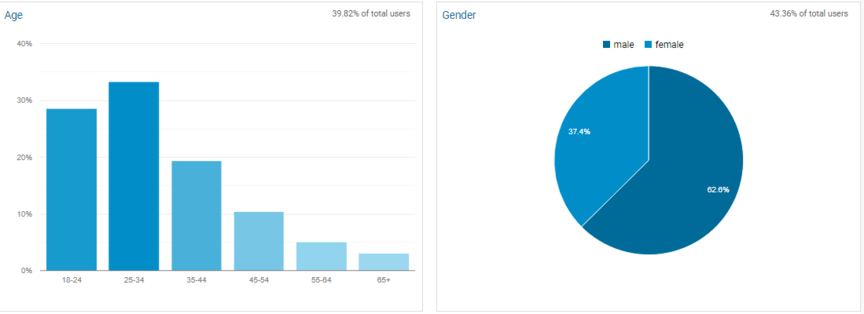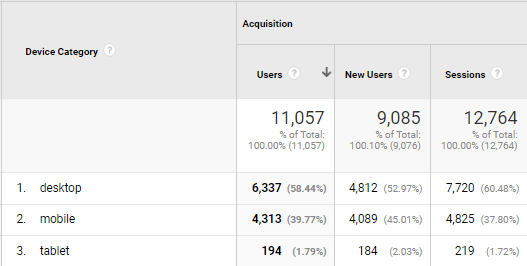Marketing Analytics Glossary: 60 Must-Know Analytics Terms in 2025
What is Google Analytics? Google Analytics Definition, Uses, Benefits, and More
GlossaryWhat is Google Analytics? Google Analytics Definition, Uses, Benefits, and More Launched in 2005, Google Analytics quickly made its mark as the most popular web analytics tool in the world. View our Digital Services
What is Dwell Time?
GlossaryWhat is Dwell Time? There is so much data and information available in the world of digital marketing that it’s tough to know what metrics are worth tracking and optimizing for, and which are “vanity metrics” and simply a waste […]
What is CTR? Definition, Formula, and Tips
GlossaryWhat is CTR? Click-through rate matters in paid online advertising and online marketing. Learn why CTR matters, how to calculate CTR, and how to improve it.
What is Bounce Rate in Google Analytics? (And How to Improve Yours)
GlossaryWhat Is Bounce Rate in Google Analytics? (And How to Improve Yours) If you are relatively new to Google Analytics, you may have noticed the “bounce rate” metric associated with the content pages on your site, and are probably wondering […]














